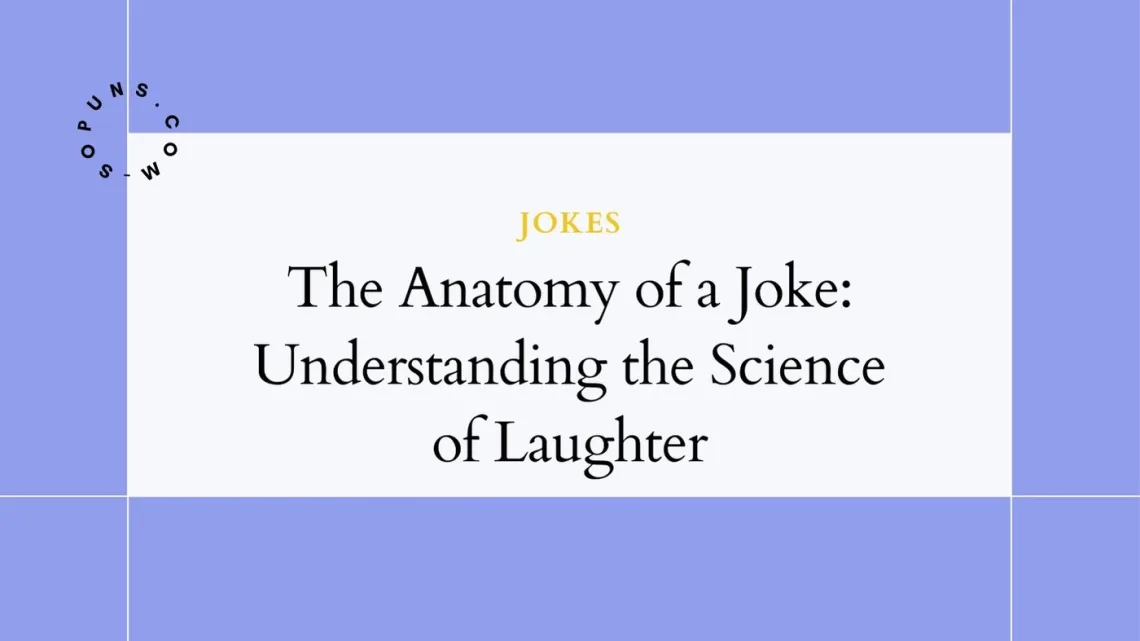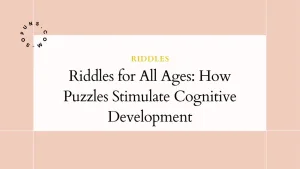Laughter is one of the most universal human experiences. Whether it’s elicited by a hilarious joke or a silly prank, laughing just feels good. But why do we find humor so amusing? What is it about jokes, comedy, and wit that tickles our funny bone and brings us joy? Understanding the psychology and science behind laughter provides insight into this unique emotional response.
The Evolutionary Origins of Laughter
Laughter likely originated as a signaling mechanism among early humans. Expressing amusement and joy was a way to build social bonds, diffuse tension, and communicate shared attitudes. Researchers believe laughter evolved partly as a form of play behavior that helped humans develop critical social skills. Laughter also serves as a reward mechanism. The good feelings it elicits encourage us to continue interacting. This forging of social connections increased survival odds for early human groups.
Interestingly, no other species exhibits the consistent ability to produce laughter sounds like humans do. Chimps and gorillas can pant-laugh when playing, but they do not have the fine vocal control needed for our laugh patterns. The evolution of laughter as a sophisticated social signaling system seems unique to humans.
How the Brain Processes Humor
So what happens neurologically when we find something funny? Scientists are still studying the precise brain mechanisms involved, but evidence points to two main processes.
First, cognitive regions analyze the surprise, incongruity, absurdity, or twist in a joke or humorous situation. This interpretive work involves areas like the frontal lobe.

Second, evolutionarily ancient limbic system structures generate the emotional reward response. The amygdala and ventral striatum light up to produce feelings of joy, satisfaction, and pleasure.
Laughter itself is controlled by the motor cortex and brainstem. These areas coordinate the muscle contractions in your chest, face, and vocal cords that create the familiar ha-ha-ha sound.
Interestingly, research shows that anticipation of a reward – just knowing you’re about to laugh – activates your brain’s pleasure circuits before the punchline even hits. The build-up is part of the fun.
Why We Laugh: Theories on Humor
But what makes something funny in the first place? Scientists have proposed various theories on why we laugh and what makes jokes amusing. Here are some of the major ideas:
Superiority Theory – Humor arises from feeling triumphant over others or amused at their expense. Teasing, sarcasm, and satire can elicit this type of laughter.
Relief Theory – Laughter releases pent-up nervous energy and tension. It brings cathartic relaxation as emotions shift from distress to amusement.
Incongruity Theory – Finding humor involves resolving contradictions between expectations and reality. We laugh at the surprise of something absurd or that doesn’t make sense.
Play Theory – Laughter signals shared fun and enjoyment. Jokes and comedy allow for creative play with ideas and social bonding.
Linguistic Theory – Humor is fundamentally about relationships between concepts, words, and meanings. Playing with language conventions and unexpected associations creates amusement.
Most likely, our response to humor arises from multiple factors interacting. But it clearly serves an important psychosocial function. Laughter establishes rapport, relieves stress, entertains, and sparks creativity. Understanding why we laugh also sheds light on what makes effective comedy.
The Comedic Craft: Structure of Jokes and Humor
Studying the structure of jokes provides insight into why we find certain techniques and story beats reliably funny. While humor is complex, many comedians, writers, and psychologists break down the anatomy of a joke using some variation of a basic three-act structure:
1. Set-up – This establishes the characters, situation, and premise. It brings the audience into the scene.
2. Twist – The set-up takes an unexpected turn, often revealing some contradiction, misunderstanding, or surprise.
3. Resolution – The twist is resolved in a way that provides closure. This also elicits the laughter reflex.
For example:
A horse walks into a bar. The bartender asks, “Why the long face?” The horse does not respond because it’s a horse.
The set-up establishes an absurd premise that we expect will lead to a talking animal saying something witty. Our surprise at the realistic non-response instead gets the laugh. Resolving the logical gap between expectations and reality creates humor.
Comic timing, pacing, and delivery are also essential to maximizing laughs. Neuroscientists have found that predictably timed phrases, surprising intervals, and contextual build-up are key. Ultimately, humor mechanics serve to build tensions that provide a burst of joyful release right at the punchline. Understanding this architecture illuminates why some jokes land while others flop.
Laughter is the Best Medicine

While humor itself is fascinating, it’s also just plain good for you. Laughter therapy and applied humor research have shown wide-ranging physiological and psychological benefits. Here are some of the documented effects:
- Reduces stress hormone levels like cortisol
- Releases pleasure-inducing endorphins and dopamine
- Lowers blood pressure and improves circulation
- Boosts immune cell activity
- Increases pain tolerance
- Improves mood and alleviates depression
- Enhances resilience and well-being
- Strengthens social bonds and relationships
The science makes it clear – having fun, joking around, and seeking out humor is a healthy way to cope with stress and connect with others. So therapeutic use of laughter through comedy films, humor exercises, joke sharing, and laughter yoga can boost your overall wellness.
The Sociocultural Role of Comedy
While laughter itself is universally human, different cultures develop their own norms around appropriate humor. Comedic tastes evolve based on societal values and sensibilities. Dark vs light-hearted, high-brow vs low-brow, dry wit vs slapstick – these spectrums reflect larger attitudes.
The role of comedy also varies between cultures. Stand-up thrives in the US, while comedy may be more incorporated into other performances like theater or storytelling elsewhere. Shared jokes and humor can powerfully reinforce group identity or be used to satirize power.
Gender dynamics further influence humor. Men historically dominated professional comedy, though women have always shared jokes socially. Cultural comfort with vulgarity, insults, and stereotypes still divides comedy fans today. ultimately, appreciating humor means engaging with its social landscape.
Lighten Up by Letting Yourself Laugh
Laughter is no joke – it offers real cognitive, emotional, social, and health benefits. Amusing others takes skill, but simply seeking out humor can be therapeutic. From silly cat videos to amusing observations while people-watching, everyday moments of laughter connect us.
Shared jokes and comedy bring people together. Letting go through laughter relieves stress. Finding the funny, witty, or absurd in life is a coping mechanism and a source of joy. So in both good times and bad, don’t forget to laugh. As the saying goes, laughter really is the best medicine.
Frequently Asked Questions
Is laughter a uniquely human trait?
Laughter is not completely unique to humans, but our ability to produce such a wide variety of laughter sounds in social contexts does seem distinctive. Other apes pant-laugh during physical play but cannot mimic the nuanced vocal laughs humans use to communicate and bond.
Are there gender differences in humor?
Historically, men have dominated professional comedy and humor production. But women share jokes socially just as much. Studies today show minimal differences in what genders find amusing. But women may use humor more for coping and connection. Social attitudes toward vulgar or aggressive humor still divide comedy fans.
Is laughter really the best medicine?
Scientific research shows laughter provides measurable emotional, cognitive, and physiological health benefits. It relieves stress, boosts immunity, enhances relationships, and improves mood. So while not a complete treatment, purposefully seeking humor and laughter has proven therapeutic effects.






No Comments